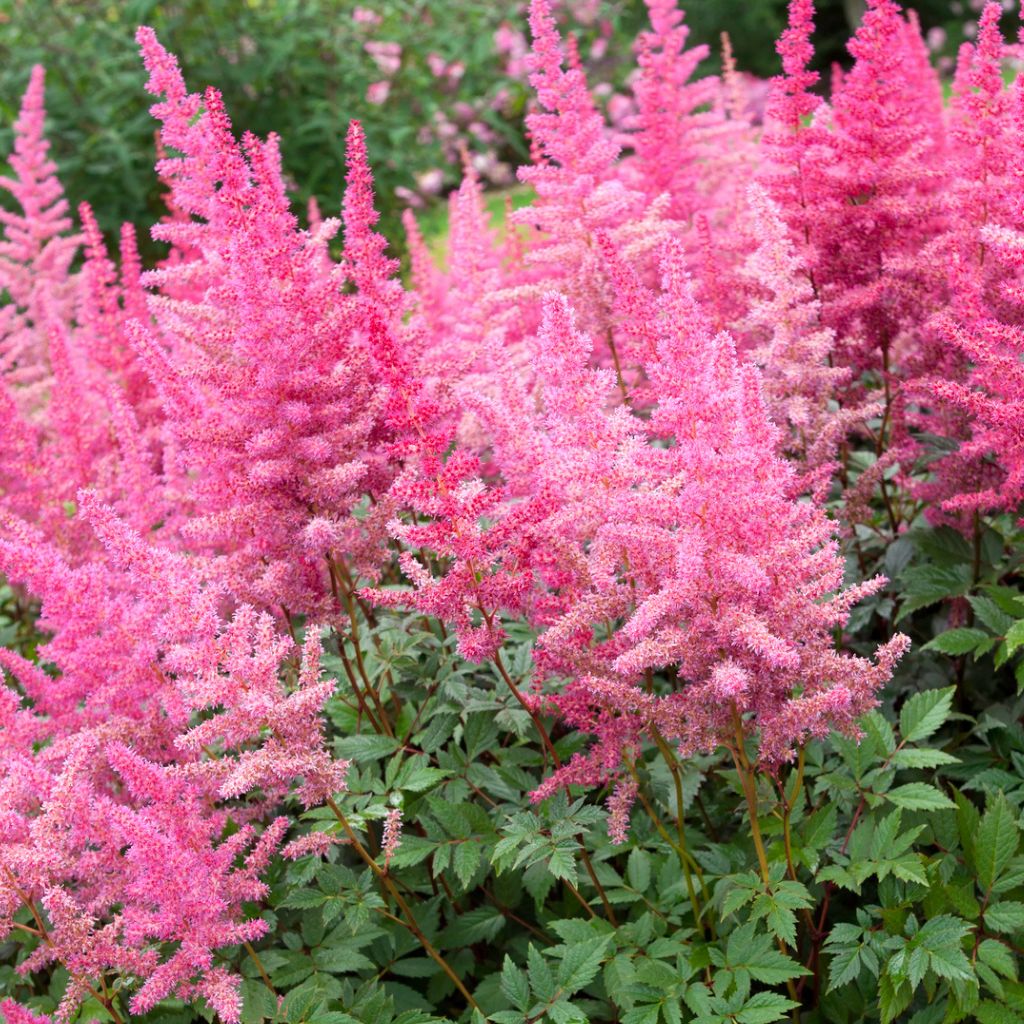“My 5 Must-Have Perennials” – After 25 Years Of Gardening, These Perennials Have Become Essentials In My Garden
There are some plants you can't live without! As a long-time gardener and garden writer, these are my must-have perennials that deserve a spot in every garden.
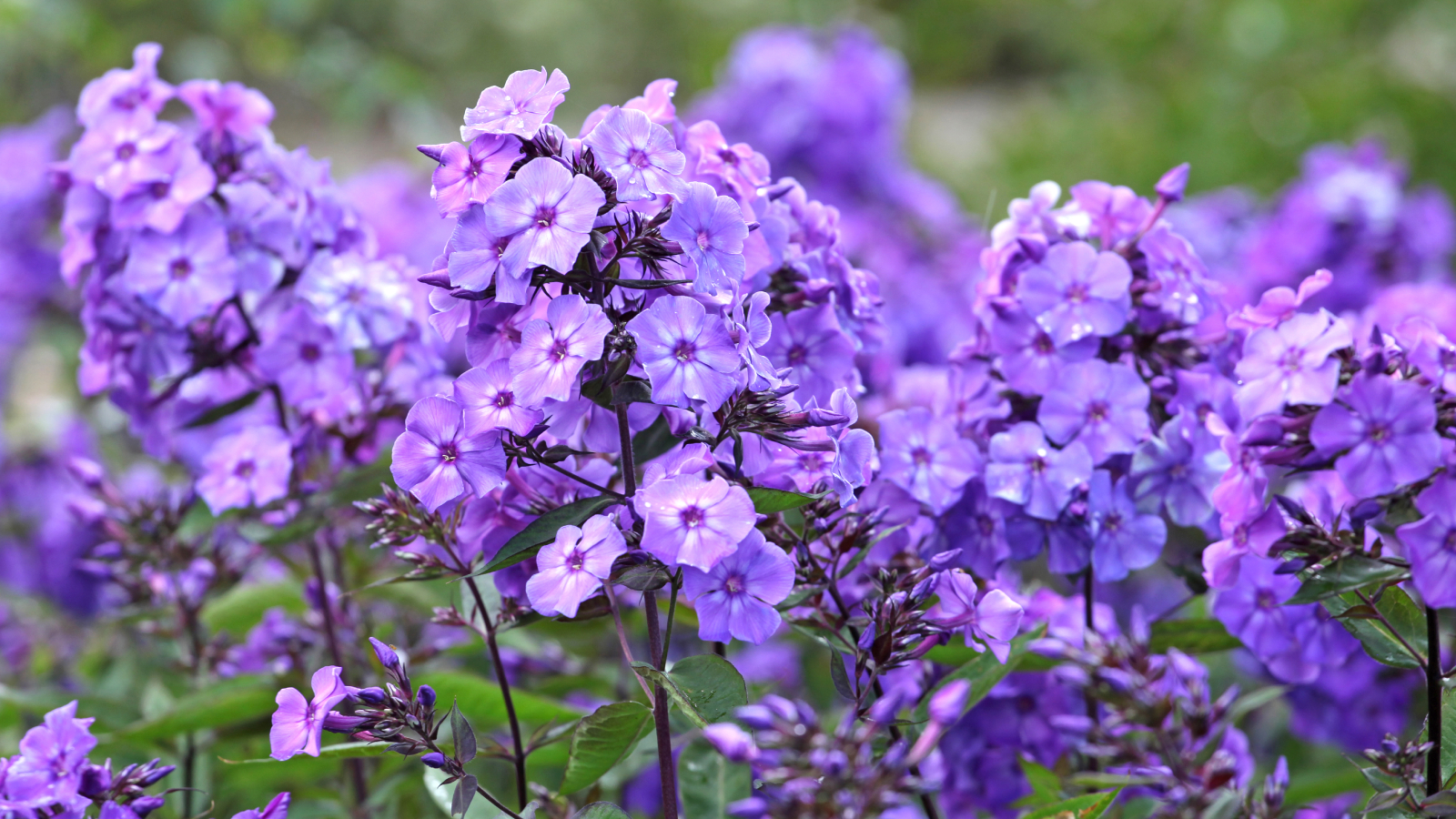
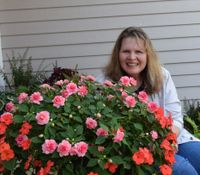
In my gardens, perennials are by far the most prevalent life form. I like tall ones, short ones, foliage plants, as well as flowering plants. But after over a quarter century of experimenting in my own garden, years of working as a garden writer, and answering thousands of plant questions online, there are five must-have perennials I think every landscape should contain.
These favorite varieties are low-maintenance plants that boast showy blooms. I love seeing them return every spring, then watching them grow and bloom through summer and fall. These must-have perennials will return year after year as well, given the proper growing conditions.
Let’s take a look at the five best perennial flowers that top my list of all-time favorites, plus some growing tips to help yours last for many seasons to come.
Tips for Planting Perennials
Since perennials are chosen for the long haul, it helps to prepare the soil well before planting. Most perennials need well-draining soil so be sure to add compost to loosen up the soil and add nutrients.
Pay attention to your individual plant’s needs, especially to the moisture and richness of the soil. Many native perennial plants prefer a lean soil and do not need fertilizer. Soil pH is also a factor so find out whether your local soil tends to be acidic or alkaline.
It also is important to plant perennials in the right amount of sunlight. Many blooming perennials need full sun to part shade. But there are a few that bloom in full shade, such as hostas, hellebores, astilbes, and bleeding hearts.
My 5 Must-Have Perennials
It is difficult to select my favorite perennials, because I have so many! However, I have cultivated these five plants for many years and consider them my garden staples. They’re beautiful, reliable, and deserve a spot in any perennial garden design. Here are my five must-have perennials:
Sign up for the Gardening Know How newsletter today and receive a free copy of our e-book "How to Grow Delicious Tomatoes".
1. Butterfly weed

Even if butterfly weed (Asclepias tuberosa) were not a host plant for the Monarch butterfly, I still would include it in my yard. It is drought tolerant, puts on a bright show of orange flowers all summer, and pests and diseases don’t bother it.
Once established, this knockout native flower forms a mound of green foliage 1 to 2 feet (0.3 to 0.6 m) tall. It prefers well-drained soil in a sunny spot in the garden and is hardy in USDA zones 3 to 9.
Though butterfly weed is a milkweed, Monarch butterflies tend to go for the other milkweed varieties in my yard first—like swamp milkweed or the annual milkweeds. This variety, however, is favored for its nectar. Many butterflies, bees, and hummingbirds flock to its bright blooms all summer.
Butterfly weed is native to the eastern and central U.S. as well as some southwestern states. It’s easy to grow from seed, but mature plants are also available commercially. You can find butterfly weed at native plant nurseries and even many garden centers now, too. A stunning multicolored cultivar of butterfly weed is also available now in the Gardening Know How Shop.
2. Purple Coneflower

One of my favorite perennial flowers is purple coneflower (Echinacea purpurea). It has sturdy stems, attractive, daisy-like pink blooms, and is a nectar source for bees, butterflies, and hummingbirds. I grow the native variety as well as E. pallida, which is a lighter pink with slender petals. I also grow E. paradoxa, which is the yellow variety.
I have planted some of the fancy cultivars over the years, but they seem to disappear after only a year or two. It’s the native varieties that really last. Get the classic purple coneflower, E. purpurea, now in the Gardening Know How Shop.
Coneflowers are one of the best plants for pollinators, plus American goldfinches relish the seeds and don’t even wait for them to ripen. When I notice the coneflower’s center dome is partially dug out, I know the goldfinches are close by. I see house finches enjoying the seeds, too. The rabbits like to eat the leaves, but I prefer that to my lily stems, which they sometimes nibble.
Coneflower clumps increase quickly, plus they reseed easily. If you don’t want a lot of extra plants, deadhead some of the faded blooms and leave a few for the birds. Expect a tall plant as coneflowers typically reach 3 to 4 feet (0.9 to 1.2 m) in height.
Purple coneflower is native to the central and eastern U.S. and is hardy in USDA zones 3 to 8. Plant it in well-draining soil in a full sun to part shade location. It is drought tolerant once established.
3. Phlox
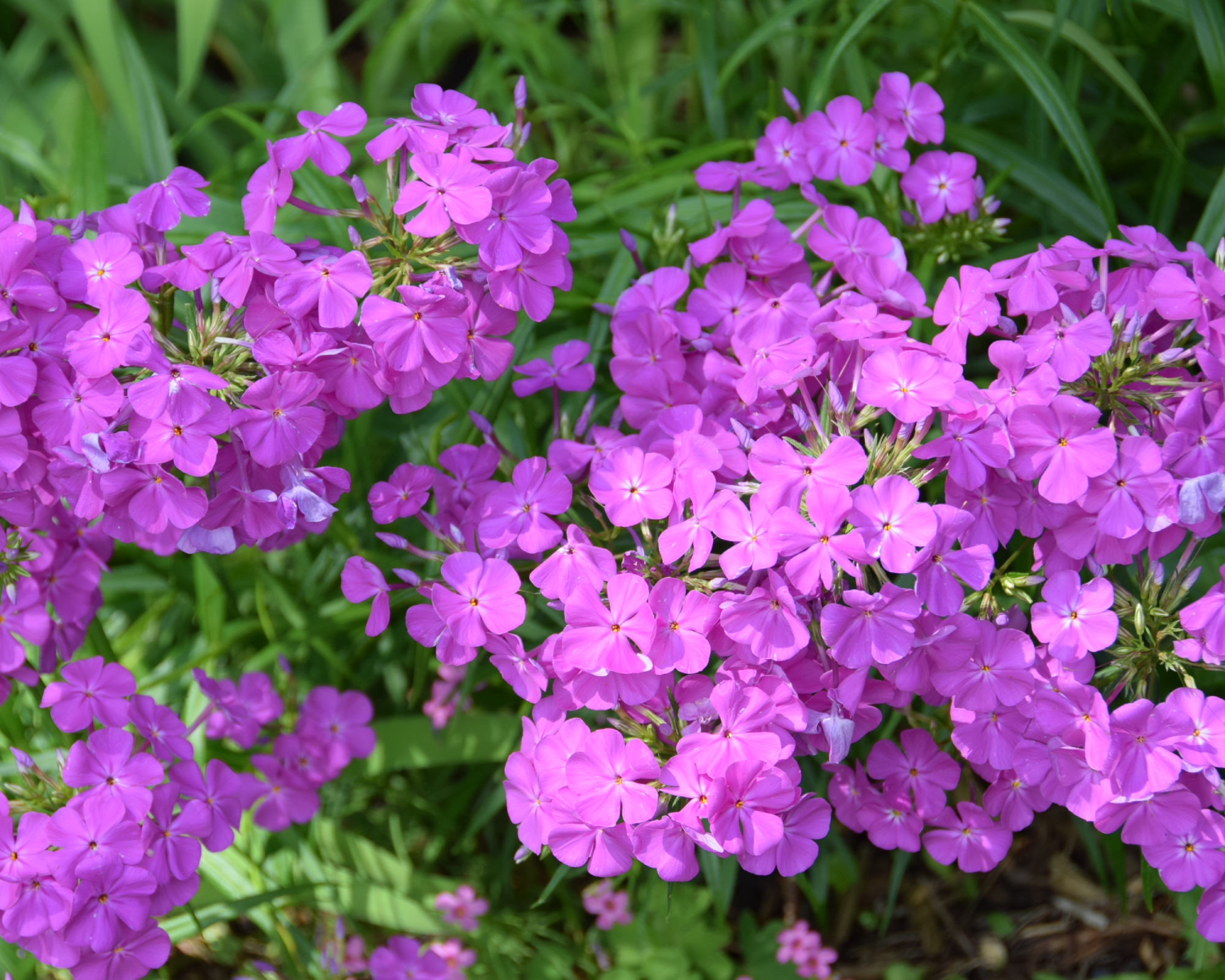
Another perennial favorite is phlox—and there are so many stunning phlox varieties to choose from! The show begins in spring with the light blue, fragrant woodland phlox (P. divaricata), then proceeds to summer with garden phlox (P. paniculata). I have a clump of ever-expanding, old-fashioned phlox, as well as shorter cultivars such as ‘Wanda,’ ‘Coral Creme Drop,’ and 'Sweet Summer Fantasy.’
My old-fashioned phlox produces showy, lavender clusters of blooms on tall stalks. It flowers most of the summer and is a plant magnet for butterflies and hummingbirds. Wanda, which is pictured above, stays about 12 inches (30 cm) tall and its dark pink clusters continue all summer. Coral Creme and Sweet Summer have not reached maturity yet, so they are still compact.
In hot, humid areas, phlox may get powdery mildew if it does not get enough air circulation. It is important to thin plants if they are a susceptible variety. Most of the new cultivars include disease resistance to powdery mildew.
Garden phlox likes full sun and well-drained, moist soil. It is generally hardy in USDA zones 4 to 8, but can vary depending on the cultivar.
4. Iris
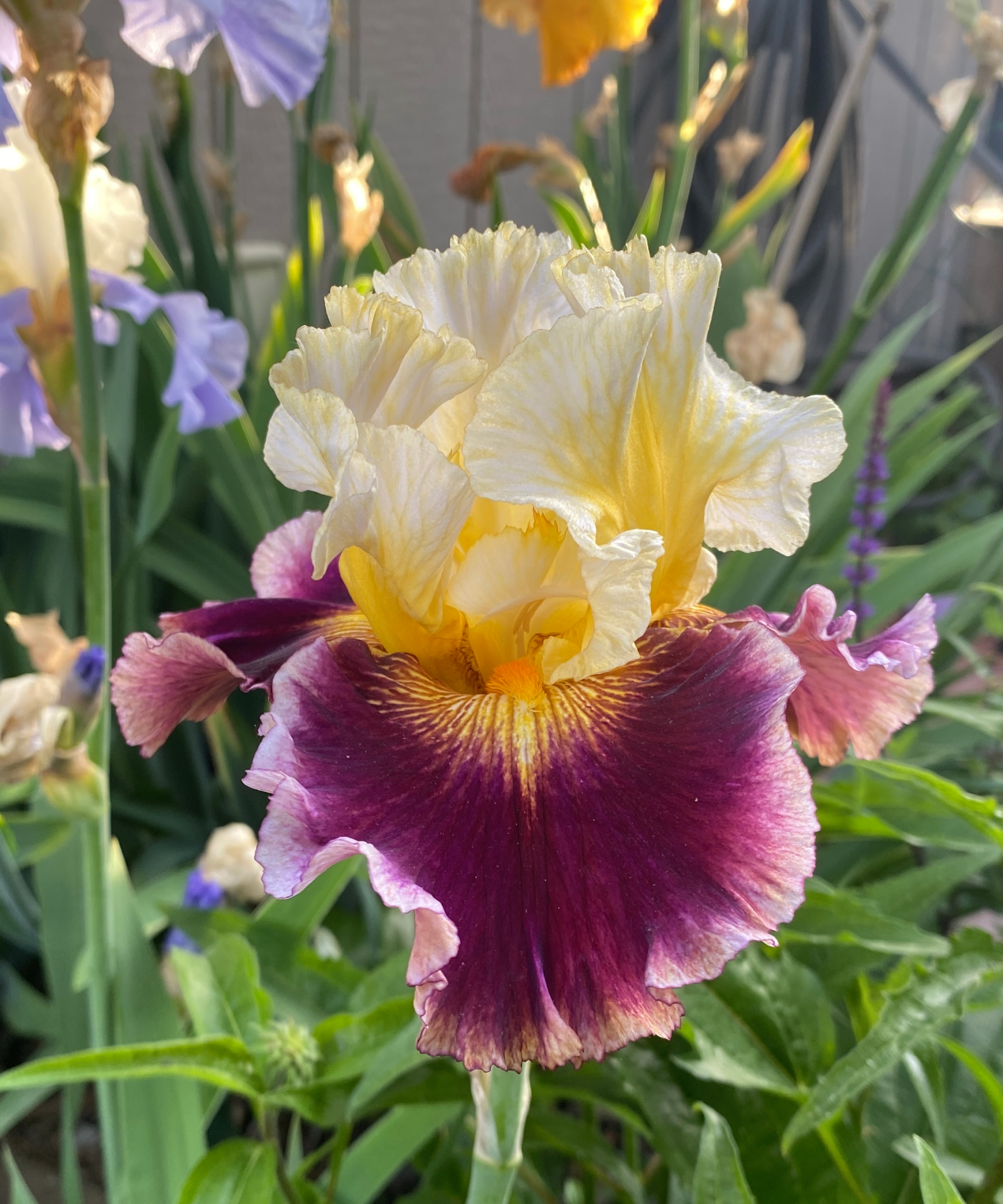
It seems that just about everyone owns a few passalong bearded irises (Iris x germanica) from a friend or their grandmother. But if you have not progressed past that stage yet, take a look at newer cultivars and you may become hooked.
I consider bearded irises, which average 1 to 4 feet (0.3 to 1.2 m) tall, a harbinger of spring, right after the daffodils and tulips. The flowers are exquisite—they’re colorful, large, and unlike any other flowers in the garden. But it seems as if these blooms come and go so quickly.
That’s why I take photos of all my plants, so I can enjoy them way past their prime and share them with others. There are many rare and unusual irises you can grow, but my favorite cultivars include ‘Vanity,’ ‘Strawberry Shake,’ ‘Bewilderbeast,’ ‘Abbey Road,’ ‘Penney Lane,’ ‘Presby’s Crown Jewel,’ ‘Insaniac,’ ‘Volcanic Glow,’ ‘Perry Dyer,’ ‘Elizabethan Age,’ ‘Bolder Boulder,’ ‘Dancing Around,’ and ‘Fruit Burst,’ which is pictured above.
Irises are easy to plant because the rhizomes sit just under the soil with the tops baking in the sun. Make sure all the roots are below the soil. They need water to get established, but after that I do not water them unless there is a prolonged drought.
This perennial goes dormant in late summer, so that is the best time for dividing and transplanting irises. You can fertilize in spring as they wake up and again a month after blooming. I usually forget to fertilize, but mine continue to bloom every year. They are hardy in USDA zones 3 through 9.
5. Daylily
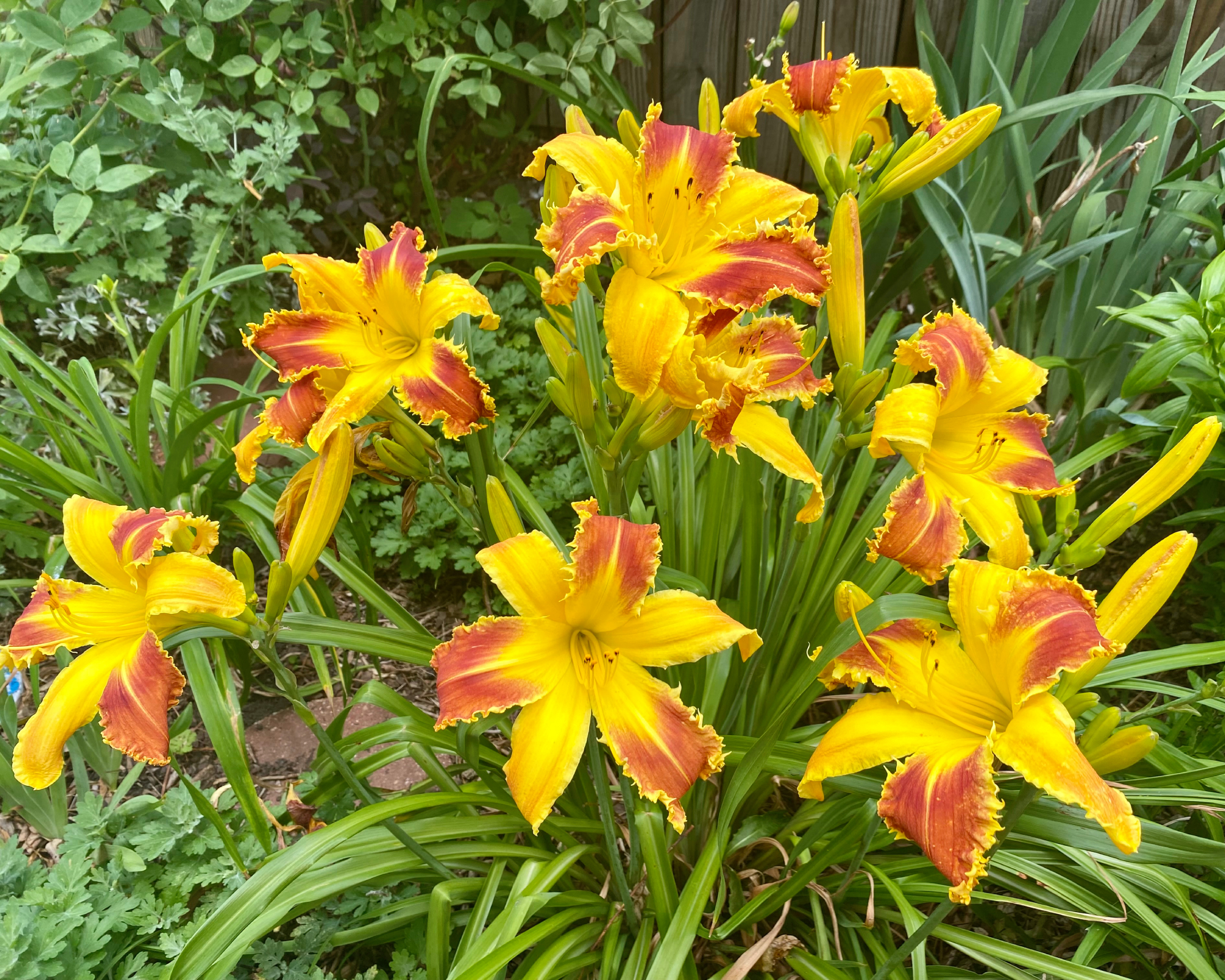
Daylilies (Hemerocallis hybrida) start blooming in early summer, soon after the irises fade. They are a staple in many gardens for their large, trumpet-shaped flowers and easy care. Garden centers carry some of the popular cultivars such as the golden yellow ‘Stella d’Oro’ daylily, which is a repeat bloomer. But online specialty stores carry the biggest selection.
I do have Stella, but I prefer the more ornate selections with two or more color tones or ruffled edges. Colors range from white to pink, red, yellow, orange, dark purple, and green. A few of my favorites are ‘Ruby Spider,’ ‘Victorian Lace,’ ‘Wild Horses,’ ‘Mardi Gras Parade,’ and ‘Topguns Grim Reaper,’ which is pictured above.
Daylilies typically produce a multitude of buds on tall scapes, which is good because each flower only lasts a day. Cut back the scapes once the flowers fade. Daylilies’ arching green leaves grow in clumps about 1 to 1.5 feet (0.3 to 0.5 m) tall and wide. When the clump enlarges, many flowers bloom at once for a fabulous display. For the best blooms, divide daylilies about every five years.
Daylilies are nectar sources for bees, hummingbirds, and butterflies, but they are not as big a draw as other nectar plants like agastache or coneflower. Plant them in a sunny spot with well-draining, highly organic soil. Daylilies are hardy to USDA zones 3 to 9.
More Favorite Perennial Flowers
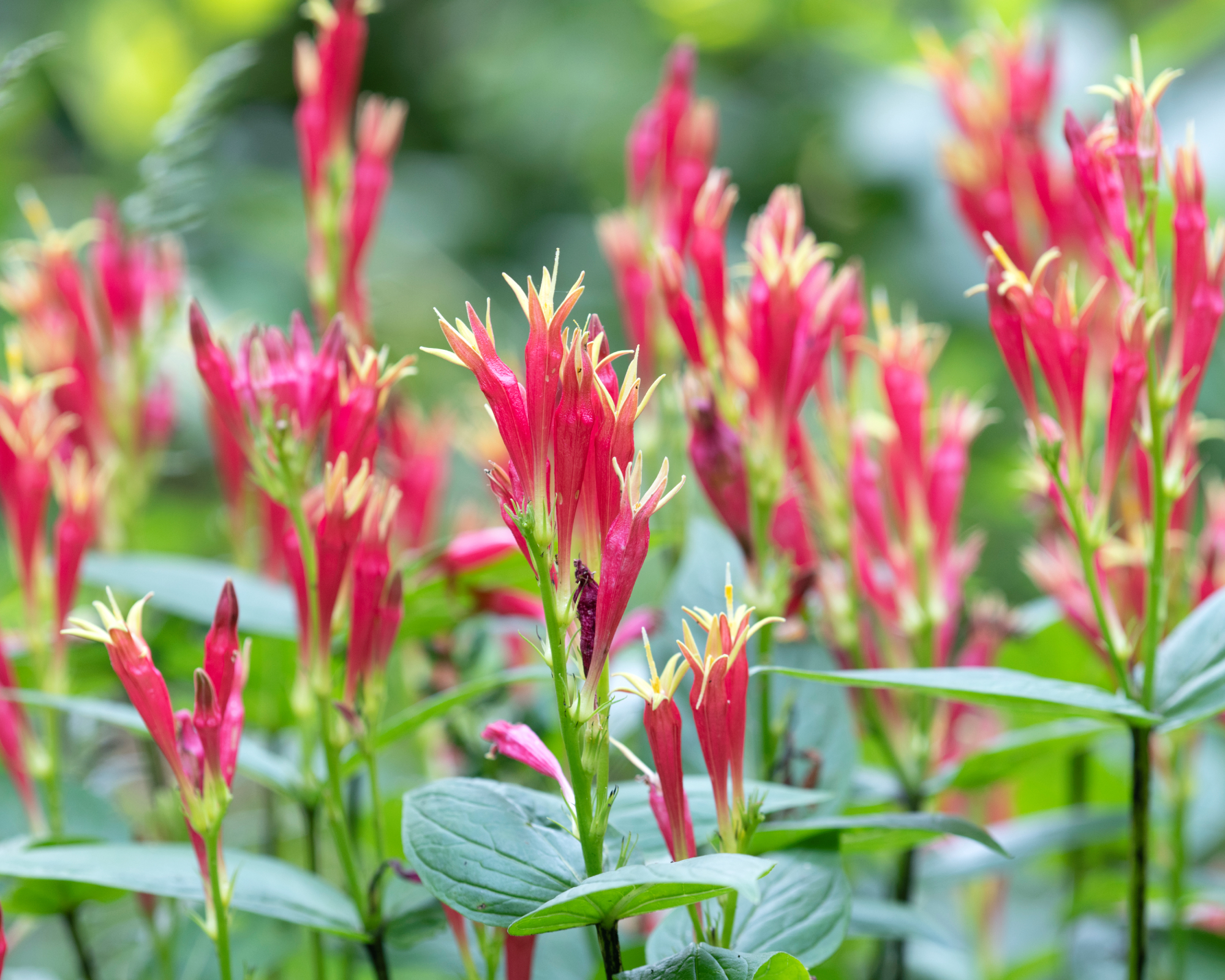
I have so many “must-haves” that I will throw out a few more. They include Spanish snapdragon, which is a long-flowering perennial that blooms all summer.
Indian pink, which is pictured above, is a native perennial with red tubular flowers capped by a yellow star. It’s hard to find in nurseries, but there’s a stunning cultivar called ‘Little Redhead’ available in the Gardening Know How Shop.
I also love true lilies, like bulbs such as ‘Stargazer’ that you can plant in late spring for a glorious summer show. Any of the agastache varieties, which are colorful pollinator magnets, and any of the perennial types of salvia that have tubular flowers pollinators adore are also favorites of mine.
I always include liatris blazing star in my garden as well for lavender or white flower spikes that attract bees, butterflies, and hummingbirds. It’s another native plant that can be difficult to source from local nurseries, but blazing star is available now in the Gardening Know How Shop.
This article features products available from third party vendors on the Gardening Know How Shop. Keep in mind that our plant inventory is limited—so if you’re thinking of purchasing, don’t wait!
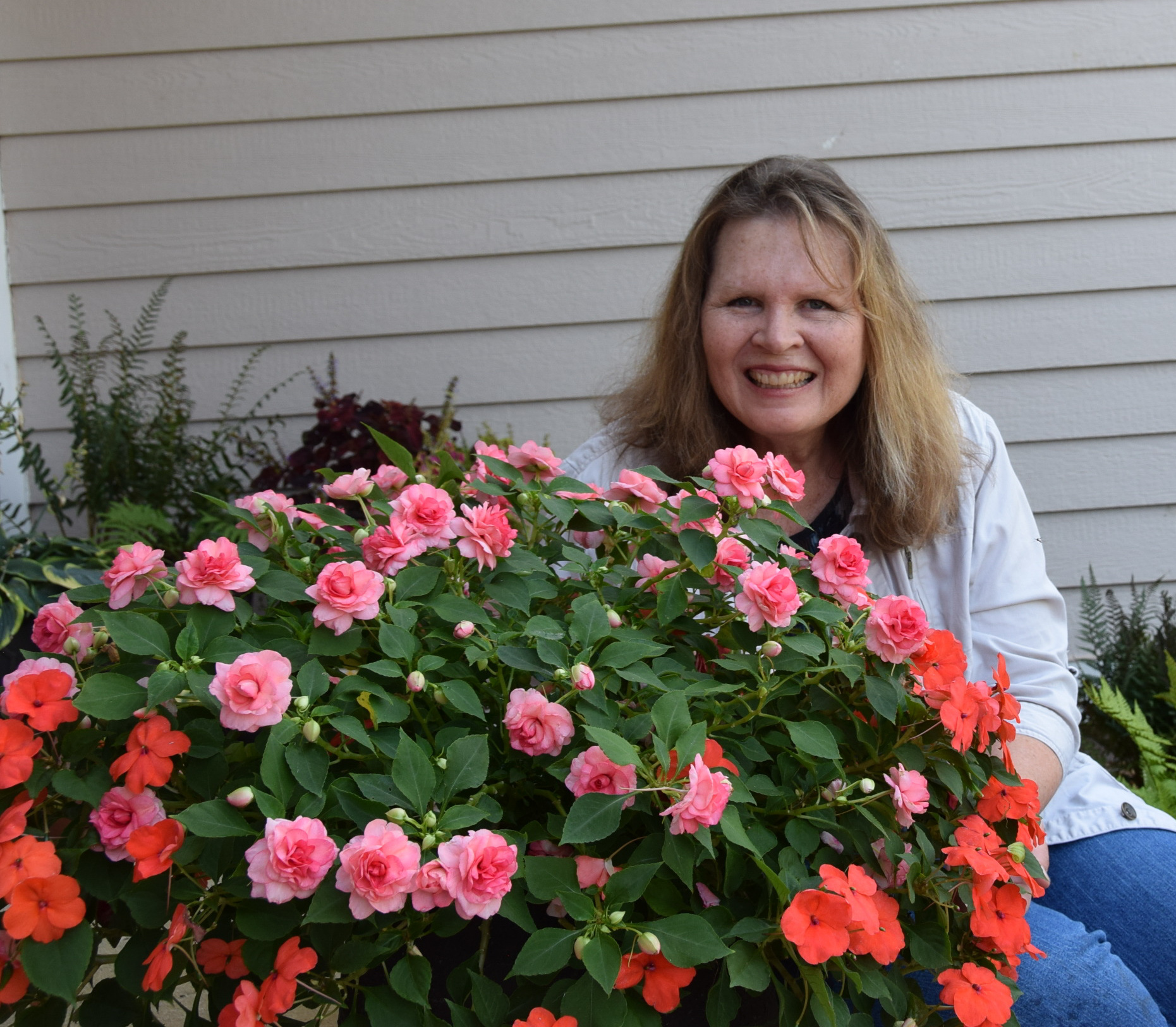
After graduating from Oklahoma State University with a degree in English, Susan pursued a career in communications. In addition, she wrote garden articles for magazines and authored a newspaper gardening column for many years. She contributed South-Central regional gardening columns for four years to Lowes.com. While living in Oklahoma, she served as a master gardener for 17 years.
